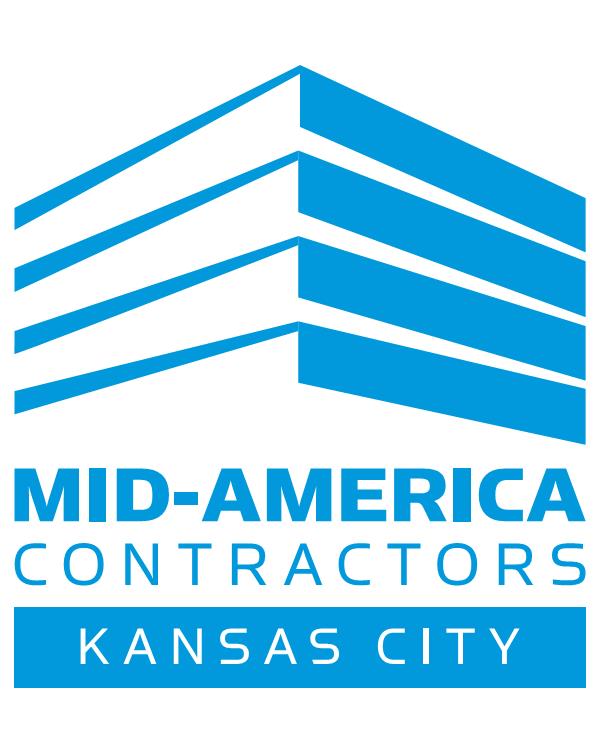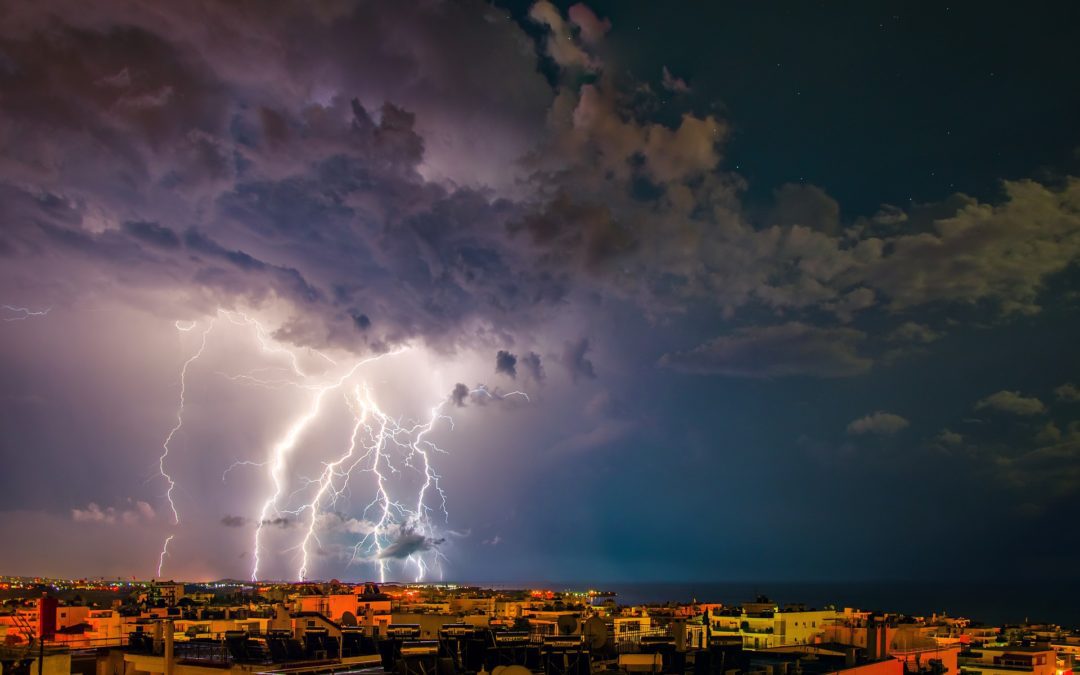Lightning, thunderstorms and tornadoes are common occurrences in the Midwest. June is lightning awareness month and an ideal time to think about lightning protection measures for your facility. Lightning protection should be included in your facility’s safety plan and design.
Potential for Direct and Indirect Damage
Lightning can damage your facility in two different ways. Larger properties can become target for direct strikes, which exposes them to temperatures in excess of 20,000°C and currents of 250,000 amperes or more. Even if your facility is not stuck directly, the risk for damage to your critical electronic and electrical components remain. When lightning strikes nearby, the rise in voltage can damage systems within a one-kilometer radius.
Protection of Electronics and Data
Most companies today largely rely on data and electric consumption. Protecting emerging networks, patterns of electrical distribution and storage is becoming increasingly important. The equipment and infrastructure in such a facility, which includes delicate and costly state-of-the-art hardware, internal circuitry and other system architecture, is susceptible to more than simply being taken off-line. It can be irreparably damaged and degraded, affecting the integrity of systems throughout a facility – even if a lightning strike occurs near a facility. This has a direct impact on a company’s profitability, resources and assets.
Unfortunately, most codes and standards that exist today were written to protect traditional structures and robust equipment. These techniques are not always effective in protecting electronics. Too often, designers have relied solely on the installation of surge protectors and lightning terminals. For this reason, many lightning protection products based upon traditional guidelines have proven insufficient.
Lightning Protection System Installation, Inspection and Certification
A far more proactive and comprehensive approach to lightning protection is to not get struck at all, and if your facility suffers a strike, either directly or indirectly, make sure that the necessary precautions are taken that will protect against lightning’s secondary effects.
Have a lightning protection system installed and have the system inspected and certified. As lightning protection systems gain widespread acceptance as a necessary life safety application, facility and property managers are encouraged to:
- Demand systems designed and installed by lightning protection professionals.
- Demand the system be inspected and certified by a nationally accepted third-party.
Independent third-party inspection and certification is the final word on the quality and efficacy of the systems they specify and trust to protect their projects. Lightning cannot be eliminated, but with a thorough understanding of the physics of lightning and a proven and certified lightning protection system, structures, electrical equipment and data not only can survive, but can continue to function after a severe lightning strike. For additional information regarding lightning protection, contact MAC today. MAC is a contractor Kansas City property and facility managers have trusted for more than 25 years. MAC can help you with any facility repairs, remodeling, custom cabinetry, construction and many other projects

